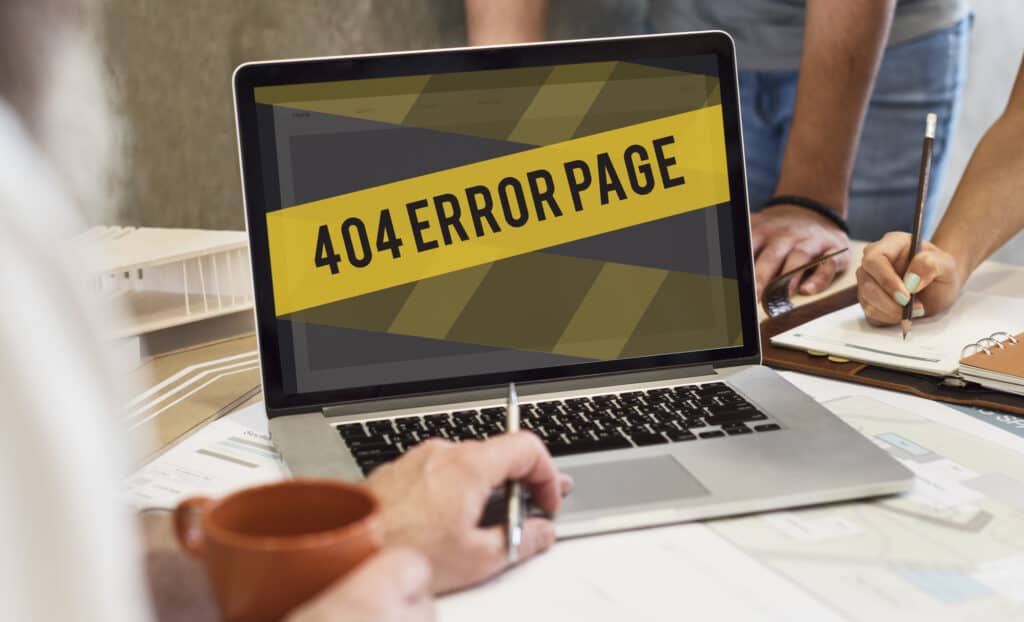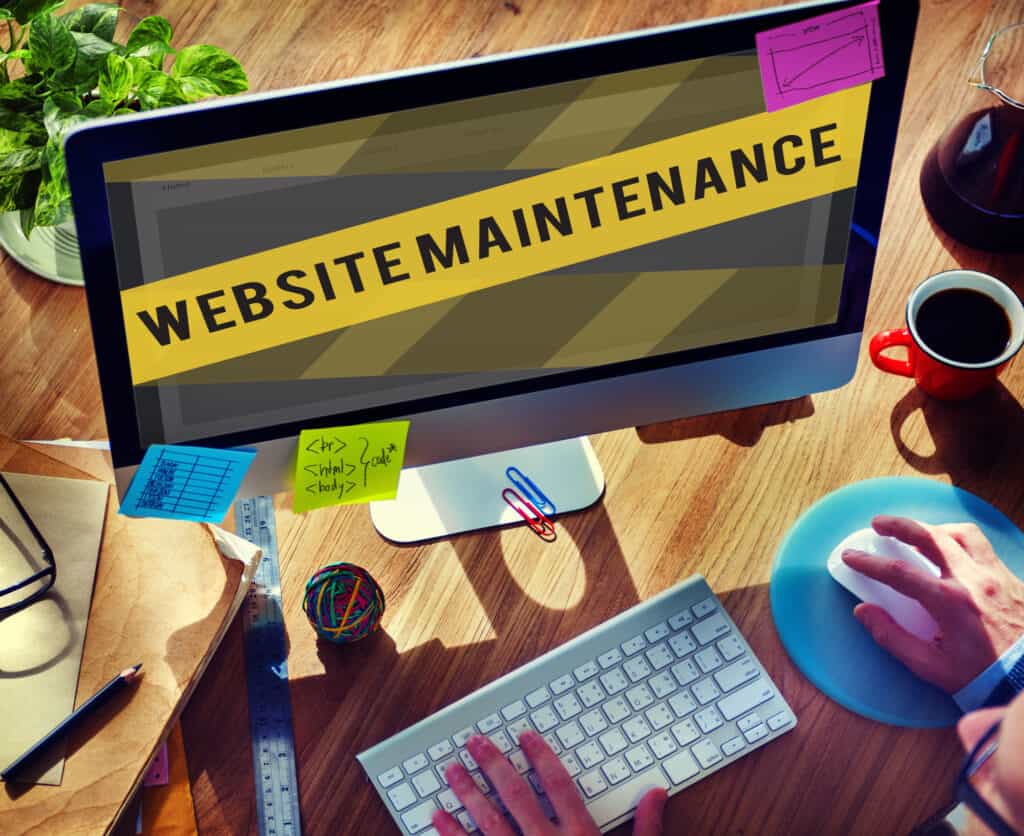Another year starts. And while many things have changed, one thing remains constant: the ranking game is still on. With more contenders joining in the fun, the competition is more cut-throat than ever.
So, if you have a WordPress site or about to launch one, optimising it is still essential to winning. Yes, WordPress platform itself is pretty much ready for the search engines. But you might be missing out on other measures that work. Here are some WordPress SEO strategies you can apply to give your site that extra boost.
1. Submit an XML Sitemap
What is an XML sitemap? It’s a formatted file that lists all the pages on your website. Providing one doesn’t directly affect your rankings. However, without it, Google and other search engines will have trouble understanding your website structure. If they can’t find your pages quickly, that only translates to a low SERP spot.
Imagine asking your friends Bing and Google to visit your house. One has a sketch, the other a home address. Who’s likely to arrive first? Websites with and without a sitemap go through a similar scenario. So, to make your site search engine-friendly, install the WordPress Yoast SEO plugin. Then follow these steps:
- Click on SEO from the side menu. Select General then go to Features.
- Look for the XML sitemaps option and toggle the button to turn it on.
Once done, the plugin will now automatically update your XML sitemap to assist search engines when crawling your website.
2. Use Social Meta Data
Linking your website to various social media platforms is another WordPress SEO tactic with minor changes but great results. Through social markup, your blog posts are easier to find and share.
Good thing, having an SEO plugin like Yoast SEO makes the entire process quick and easy. Plus, it gives you the options to customise your Facebook and Twitter meta tags (title, description and image), making your posts even more visible and shareable. Here’s how to go about it:
- Click on SEO from the side menu. Select Social then go to Accounts.
- Fill in the fields provided with correct URLs.
- Afterwards, click on the Facebook tab to enable OpenGraph, so you can choose which image to share with your post.
- Next, go to the Twitter tab to enable Twitter Card so you can make richer tweets with images, audio or video.
3. Provide User-Friendly URLs
Another way to improve your WordPress SEO is to clean up those spam-like URL structures or permalinks. Doing so will make it easier for visitors and search engines to know what your page is all about. And we all know how increasing your click-through rates (CTRs) is essential to rankings.
By default, WordPress uses a permalink structure with numbers and characters that are irrelevant to your content. So how do we make URLs more user-friendly?
- Click on Settings from the WordPress dashboard. Select Permalinks.
- Choose Post Name from the list of options then click on Save Changes.
After adjusting your permalink setting, WordPress will take care of the rest every time you create new content or blog post. You can also manually edit your URLs if you want. But if you do, make sure to keep the following in mind:
- Use shorter URLs with four to five words if possible.
- Include your target keyword in the URL that matches the title.
- You can also include the date for news-type articles.
- Keep URLs simple, readable and relevant.
- Use the right plugin to help you redirect old URLs.

4. Check for Broken Links Regularly
Broken links or dead hyperlinks lead to non-existent pages when we click on something within a site or article. These often happen when there are changes on your outbound links or if you’ve edited your permalinks.
Getting a 404 error or a Page Not Found message can be annoying to most users and result in other ranking issues. These include dissatisfied customers, increased bounce rates, damaged online reputation and, eventually, low conversion rate. To fix these links, make sure to include the Broken Link Checker plugin to your WordPress SEO checklist.
Also, apply habits to avoid broken links from now on. For example, make sure to link to qualified URLs with an “HTTP(S)” at the beginning. If you’re not using an anchor text for your link, avoid formatting your URLs in bold or italics.
If possible, post it on a new line without any ending punctuation. Lastly, before publishing anything new, preview your article and check that every link works.
5. Address Multiple 404 Pages
If you haven’t been monitoring links for quite some time, chances are you have several 404 pages to fix. And this problem can give search engine bots a hard time. It also makes users think that you are not taking care of your site. In this case, you can use Google Search Console for checking, then:
- Click on Coverage from the side menu. From here, click on the Error box.
- A Details section will appear, showing all problems that Google encountered.
- Scroll down the list to check and fix all 404 errors with valid links.
6. Utilise a Schema Markup
Search engines read additional codes within your website or page to understand it, also known as the schema markup. Applying this WordPress SEO component makes your search engine listing or content look more appealing to users (i.e., rich snippets or results).
In turn, it enhances user experience, CTR and rankings. You can use Google’s structured data checker to verify if your site has one. If you get a blank result, make sure to add the necessary markup.
In case you need to structure your website, study the data structuring options that apply to it. Schema types include an article, how-to, Q&A, recipe, FAQs and video, to name a few. Using the WordPress Schema plugin will surely make this change easier to configure.

7. Fix Core Web Vital Issues
Core web vitals will be an SEO trend and a crucial ranking factor in 2021. These involve the page load time, visual stability and interactivity of your website. Google Search Console can produce a report for you to identify core web vital errors.
You may want to apply ways to check and improve your page loading speed, too. For instance, you can start with image compression, caching plugin installation or CDN utilisation like Cloudflare.
8. Monitor Server Uptime
WordPress downtime happens now and then to update themes or plugins. However, when your site is down often, it also means poor user experience, profit loss and lower rankings. Not doing anything about it can also give search engines the impression that your site is insignificant.
While you can’t keep refreshing your website to ensure it’s up and running, there are ways how to address this:
- Use server monitoring tools. Tools like Uptime Robot, StatusCake and Pingdom can automatically monitor your site and send you prompt notifications via SMS, email or voice call. The checking frequency varies, depending on whether your plan is free or paid. With one of these, you won’t have to worry about your downtimes at night or when you’re on holiday.
- Move to a better hosting provider. In most cases, inexpensive hosting products also mean poor customer service and outdated technologies. So, if your website frequently goes on several performance issues, it’s best to find a more reliable hosting provider. You can check on this list of WordPress hosting recommendations to get started.
Conclusion
There may be several other WordPress SEO techniques that are useful for your website. But don’t feel confused or intimidated, though. Instead, do your research, ask expert advice if needed, and continuously innovate. The key to winning the rankings game, after all, is to understand the basics and pick out SEO tactics that work for you.
Don’t hesitate to give us a call on 03 9043 4444 or send us an email at hello@infiniteace.com if you have any SEO issues related with your WordPress website.






